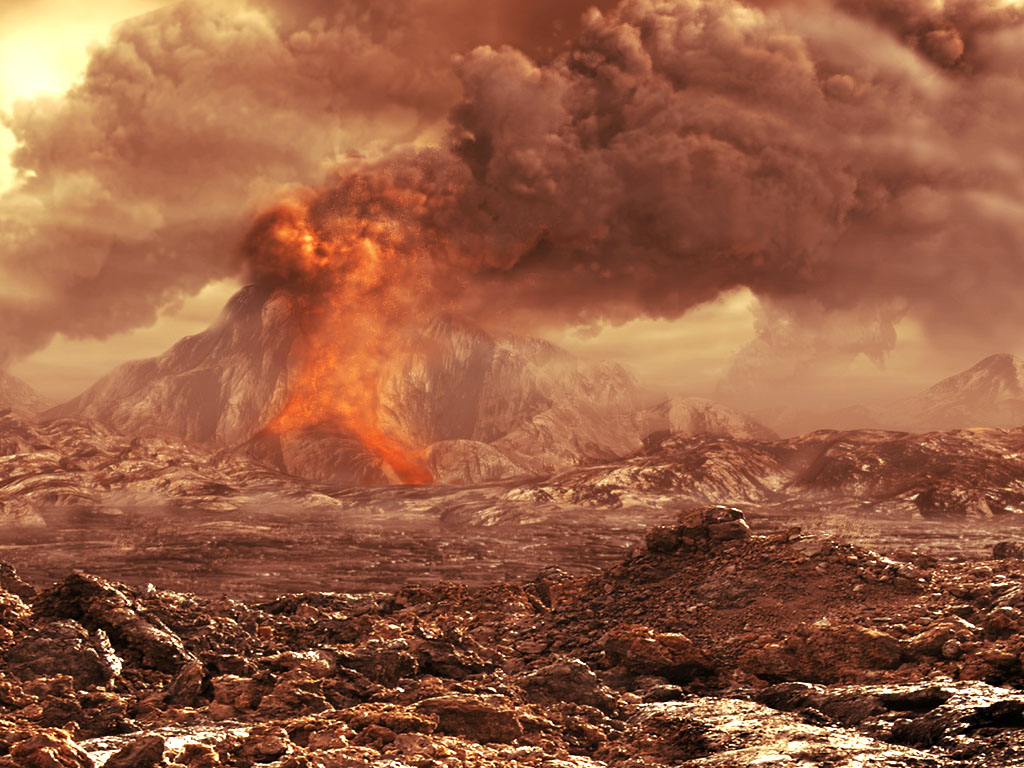*****
Warlord
Sounds apocalyptic. Does it bother anybody else that the scientists who get funding are the ones working to avert the apocalypse, and not the ones inventing hover cars?
I've heard a lot of people in my life telling me that this next thing around the corner is going to kill me. I know that you take this seriously, but to me global warming is no more of a concern than the Rapture or the Ragnarok. I don't put much stock in far reaching models, since I've never heard of a model that actually predicted the future with any accuracy. Do we know that these models actually work? The ones that predict devastating consequences? Have they been publicly tested against climate conditions after their development?
I've heard a lot of people in my life telling me that this next thing around the corner is going to kill me. I know that you take this seriously, but to me global warming is no more of a concern than the Rapture or the Ragnarok. I don't put much stock in far reaching models, since I've never heard of a model that actually predicted the future with any accuracy. Do we know that these models actually work? The ones that predict devastating consequences? Have they been publicly tested against climate conditions after their development?



